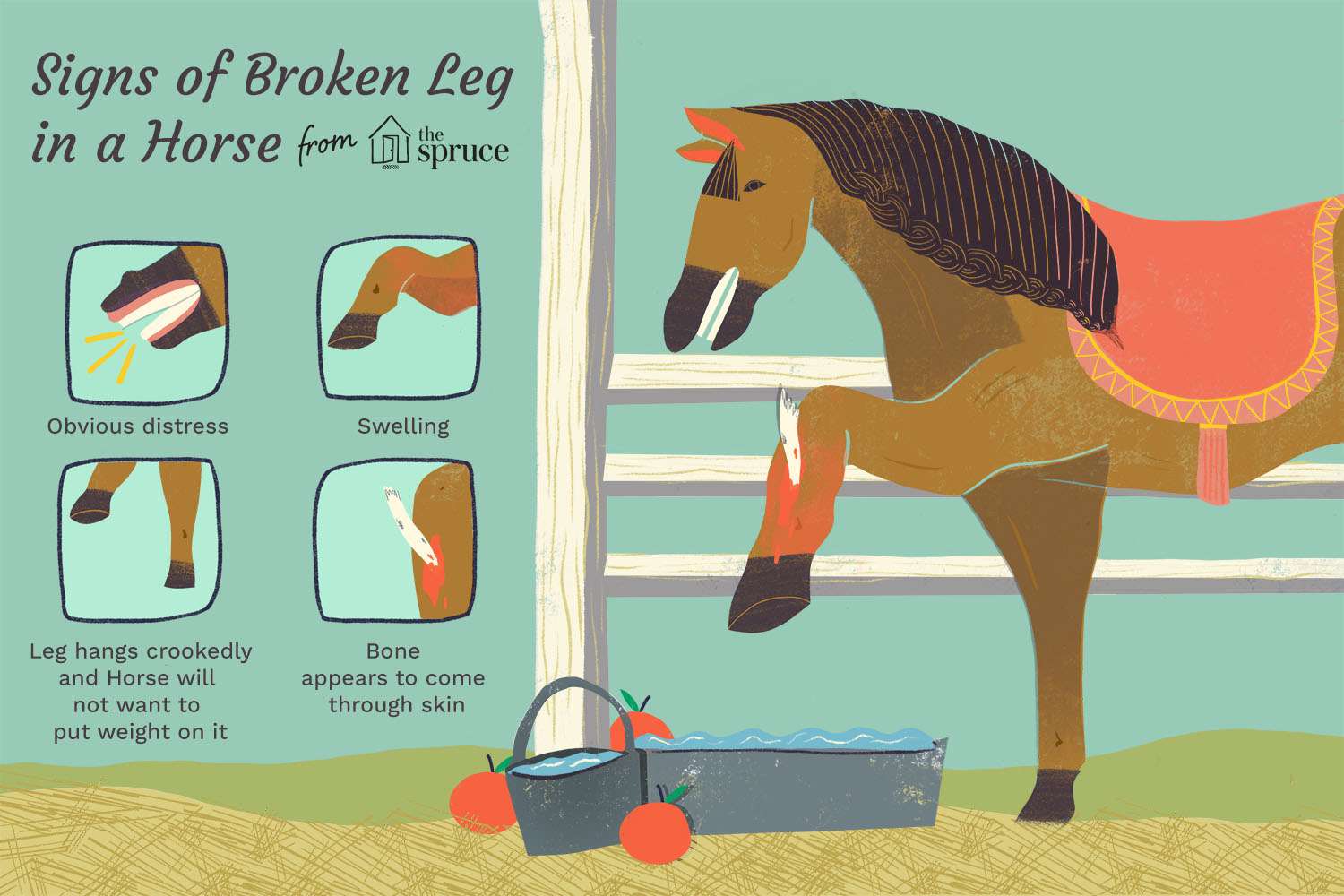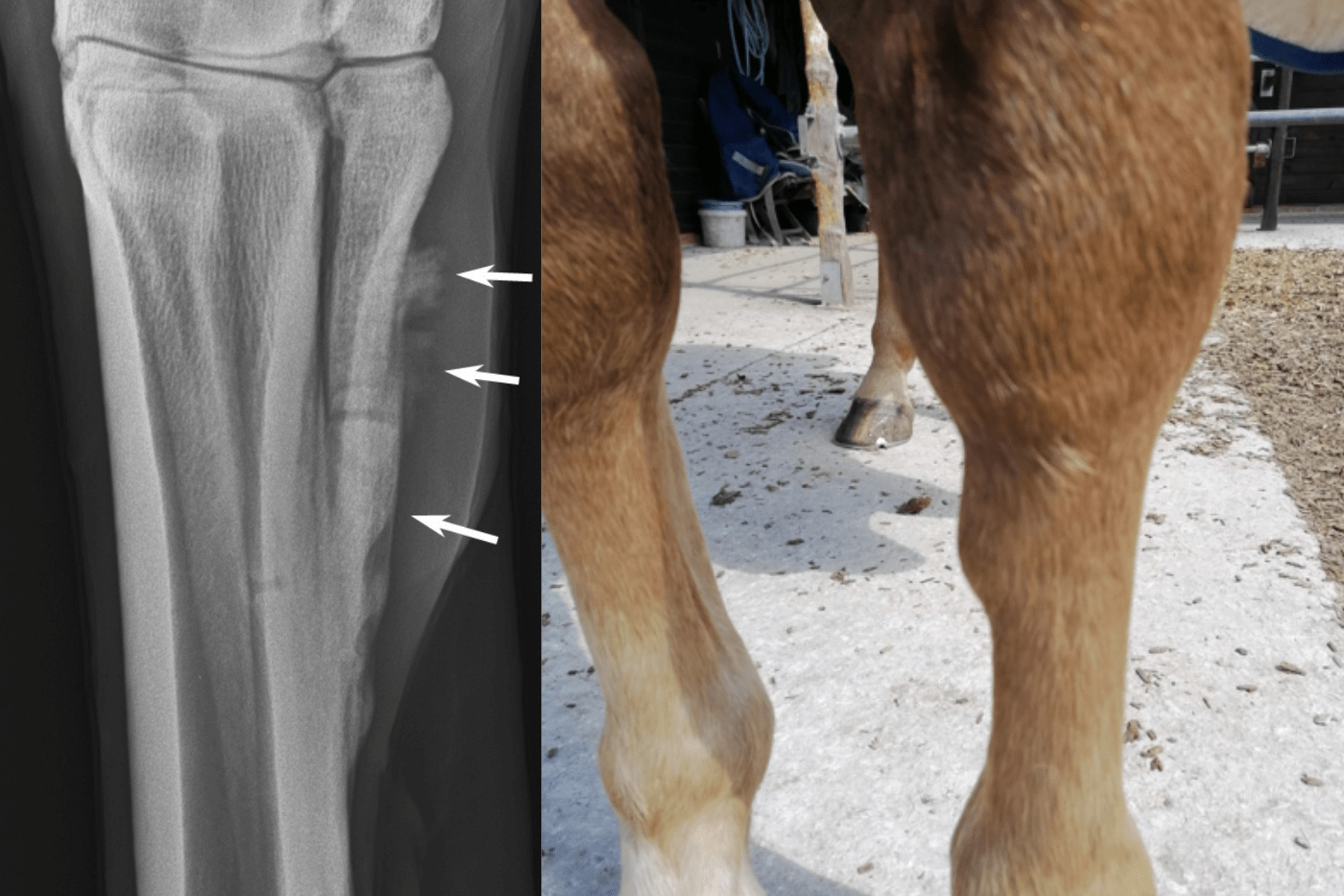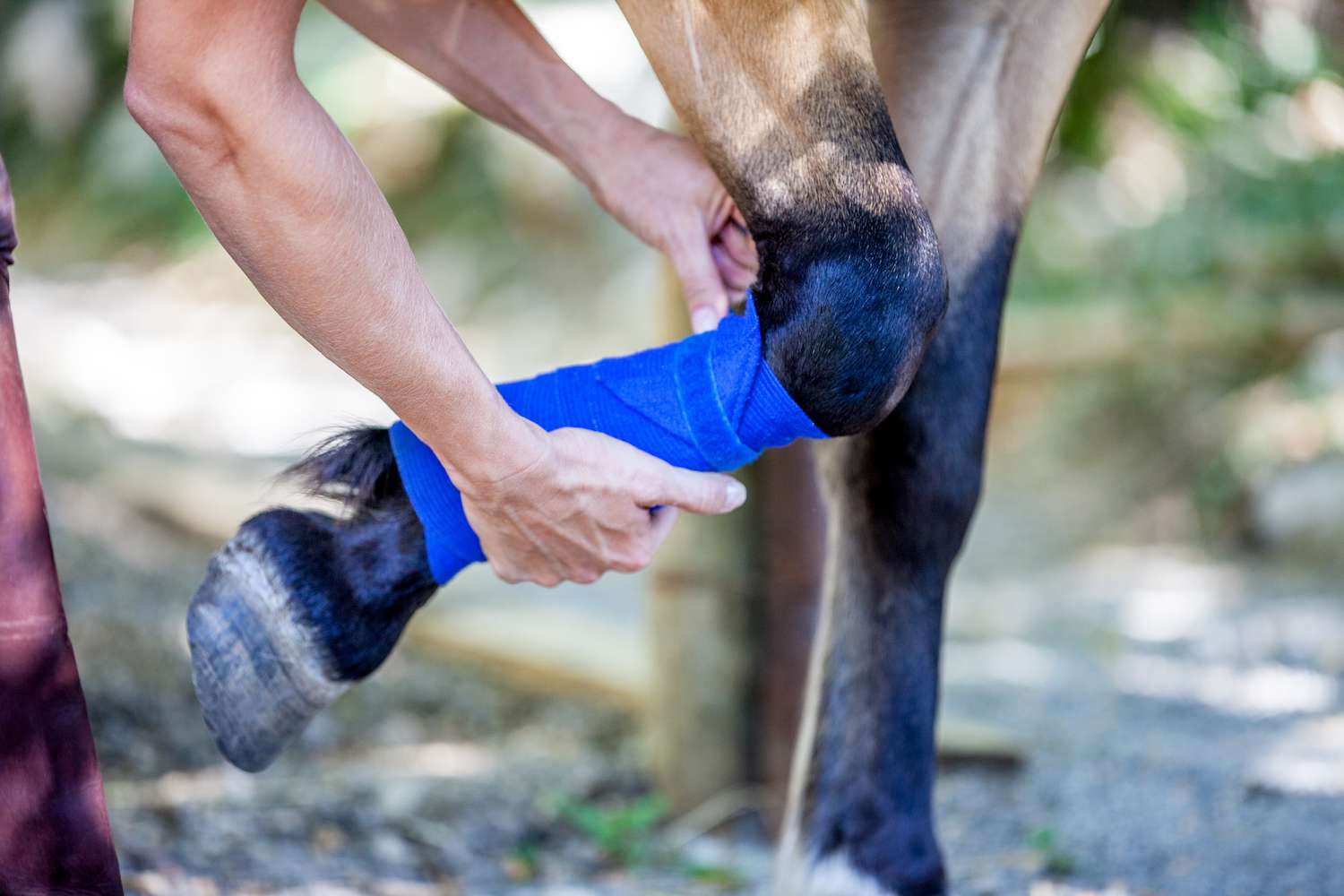When a horse breaks its leg, it is a serious and potentially life-threatening situation. Horses are large, powerful animals, and a broken leg can have devastating consequences for both the horse and its owner. In this article, we will explore what happens when a horse breaks its leg, the treatment options available, and the potential outcomes for the animal.
Understanding the Anatomy of a Horse’s Leg

Before delving into the consequences of a broken leg, it’s important to understand the anatomy of a horse’s leg. The equine leg is a complex structure consisting of bones, ligaments, tendons, and other soft tissues. The horse’s leg is designed to support its massive weight and provide the power and agility needed for running and jumping.
Bones of the Leg
The horse’s leg contains several important bones, including the cannon bone, splint bones, and sesamoid bones. These bones provide the framework for the leg and are essential for weight-bearing and movement.
Ligaments and Tendons
Ligaments and tendons play a crucial role in stabilizing the joints and providing support for the bones. These soft tissues are susceptible to injury when a horse sustains a fracture or other trauma to the leg.
Blood Supply
The blood supply to the horse’s leg is another important consideration when discussing leg injuries. The lower limbs of the horse are particularly vulnerable to compromised blood flow, which can complicate the healing process and increase the risk of complications.
Common Causes of Leg Injuries in Horses

Horses are at risk of leg injuries due to a variety of factors, including their size, weight, and athletic activities. Some of the most common causes of leg injuries in horses include:
Accidents
Horses can injure their legs in accidents such as falls, collisions, or getting trapped in fences or other obstacles.
Overexertion
Intense physical activity, particularly in high-impact disciplines such as racing, jumping, or eventing, can put significant strain on a horse’s legs and increase the risk of injury.
Preexisting Conditions
Some horses may be predisposed to leg injuries due to preexisting conditions such as conformational abnormalities, arthritis, or weak bone structure.
Environmental Factors
The environment in which a horse is kept can also contribute to the risk of leg injuries. Slippery surfaces, uneven terrain, and inadequate footing in stables or paddocks can all increase the likelihood of accidents and injuries.
The Impact of a Broken Leg on a Horse

A broken leg is a devastating injury for a horse and can have significant physical and emotional repercussions. Not only is the horse in immense pain, but the fracture can also compromise the animal’s ability to move, bear weight, and perform essential activities such as grazing and standing.
Pain and Discomfort
The initial impact of a broken leg on a horse is intense pain and discomfort. Horses are unable to communicate their suffering in the same way humans can, but signs of distress such as increased heart rate, sweating, and reluctance to move are typically observed.
Immobilization
In many cases, a horse with a broken leg is unable to bear weight on the affected limb. This immobilization can lead to muscle atrophy, circulation problems, and pressure sores, further complicating the animal’s recovery.
Emotional Distress
Horses are social animals with a strong herd instinct. When a horse is injured, it can experience emotional distress from being separated from its companions and feeling vulnerable and isolated.
Treatment Options for a Horse with a Broken Leg

The treatment of a horse with a broken leg is a challenging task that requires careful consideration of the severity of the injury, the horse’s overall health, and the owner’s resources. Some of the treatment options available for a horse with a broken leg include:
Stabilization and Support
In cases where the fracture is not severe and the horse’s overall prognosis is good, the leg may be stabilized with a splint, cast, or supportive bandaging. This approach aims to immobilize the leg and promote healing without surgical intervention.
Surgical Repair
For more severe fractures or injuries that do not respond to conservative treatment, surgical repair may be necessary. This can involve the use of screws, plates, or external fixators to realign the bones and stabilize the leg.
Supportive Care
Regardless of the treatment approach, supportive care is essential for a horse with a broken leg. This includes pain management, wound care, and monitoring for complications such as infection or circulatory problems.
Long-Term Outlook for a Horse with a Broken Leg

The long-term outlook for a horse with a broken leg depends on several factors, including the severity of the injury, the success of the treatment, and the horse’s ability to adapt to any residual limitations. Some potential outcomes for a horse with a broken leg include:
Successful Recovery
With prompt and appropriate treatment, some horses can make a full recovery from a broken leg and return to their previous level of activity. However, this outcome is more likely in cases of less severe fractures and when the horse’s overall health is favorable.
Chronic Lameness
In some cases, a horse with a broken leg may experience chronic lameness or reduced mobility, even after the fracture has healed. This can significantly impact the horse’s quality of life and may limit its ability to perform certain activities.
Euthanasia
Unfortunately, in cases of severe or irreparable leg injuries, euthanasia may be the most humane option for the horse. This decision is never made lightly, but it is sometimes necessary to prevent further suffering and ensure the horse’s welfare.
If you’re curious about the behavior and health of horses, you might also be interested in learning about why a horse opens its mouth, what to do when a horse is choking, and why a horse stands on its hind legs. Understanding these aspects of equine behavior and health can provide valuable insight into the world of horses.
Conclusion

In conclusion, a broken leg is a serious and potentially life-altering injury for a horse. The impact of a broken leg on a horse can be devastating, and the treatment and long-term outlook for the animal depend on various factors. As responsible horse owners, it is crucial to be aware of the risks and consequences of leg injuries and to seek prompt veterinary care if our horses experience such an unfortunate event. While the outcome of a broken leg can be challenging, compassionate and informed decision-making can help ensure the best possible outcome for the horse.



